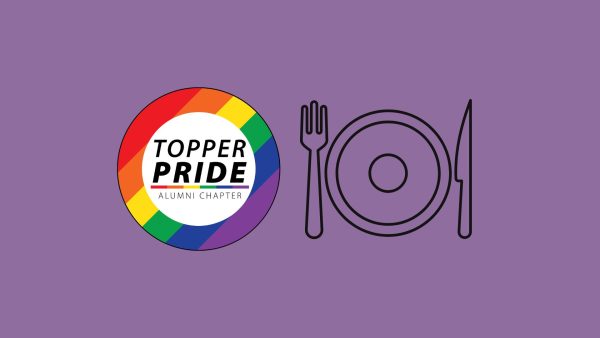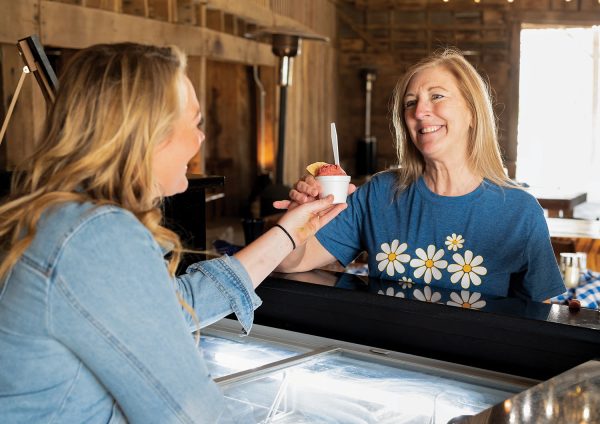International students weigh in on the authenticity of local cuisines
December 7, 2012
WKU has coined the slogan “A leading American university with international reach.”
WKU also boasts an international student population that numbered 581 in fall 2010, according to the 2011 WKU Fact Book. But when these students come to America, finding authentic food from their home country can become a discouraging task.
Majid Wazir Malik, a graduate student who recently transferred from Pakistan, said the food at Indian restaurants in Bowling Green doesn’t taste like home.
Pakistani cuisine, which is similar to Indian cuisine, includes very spicy foods, which Malik said aren’t preserved at the restaurants here.
“It was Americanized,” he said. “The taste was not genuine. They were trying to reach both types of customers.”
Malik said he and his friends don’t enjoy the food at local restaurants.
“We don’t go over there frequently,” he said. “We like to cook at home because the taste (at restaurants) is not good. If one has tasted over there and (is) used to that, he will not like it here (at home).”
Fortunately for Malik, he found the International Supermarket, located at 847 Broadway Ave. in downtown Bowling Green. The Supermarket offers foods from a variety of cultures, such as African, Bangladeshi, Indian, Pakistani, Burmese, Oriental, Spanish and Middle Eastern.
When cooking at home, Malik combines a variety of spices, such as red chili, ginger and garlic. He unplugs the alarms because of the smoke from the food.
His neighbor, Hiep Nguyen, can attest to the strong spices.
“Every time they cook Indian food or Pakistani food, we smell the smoke coming from their apartment,” he said. “It’s very spicy…the smell of onions, the smell of chilis.”
Spicy food is also common in Vietnam, Nguyen’s home country. But he said it’s not as spicy as Malik’s food.
In Ha Noi, Vietnam, Nguyen said they tend to cook with black pepper and chili sauce because it makes the food taste better.
“When you eat spicy food, your saliva comes out of your mouth more so you can digest better and taste better,” he said.
Anh “Annie” Le, also from Vietnam, said in her culture, the food is spicy for other reasons as well.
“We think the spicy helps you fight off sickness,” Le said.
A typical Vietnamese meal includes spring rolls, beef or chicken, green and red onions and more vegetables, like green beans, all seasoned with a variety of herbs and spices.
She has visited Thai Thai and Yuki Japanese restaurants in Bowling Green to eat food similar to home. At Yuki, she can get her food cooked spicy based on a scale from one to 10, 10 being the spiciest.
“My American friends like zero,” she said. “I can handle three.”
Nguyen visits Tsunami restaurant in Bowling Green for authentic Asian cuisine. The restaurant serves three menus: Vietnamese, Japanese and Chinese. Nguyen enjoys the sticky rice cake, spring rolls and moon cake. But he also said there are less spices in the food.
“They add more sugar to make the America people feel better when they eat it,” he said. “They put less spices in it, such as chilis or peppers.”
Urmila Tokekar, a graduate assistant from India, packs her lunch to work almost every day to get a taste of home.
She said an Indian meal is incomplete without four main foods: roti — or Indian wheat flatbread — vegetables in curry, rice and dal or lentils cooked in salt and water.
Her favorite meals to cook are chicken tandoori and butter paneer.
Chicken tandoori, which is also popular in Pakistan, is marinated with a lot of spices before being grilled. Paneer is a gravy-like dish prepared with cottage cheese, butter, onion and tomato.
Although Tokekar has her authentic favorites, she enjoys trying different cuisines. She likes eating Thai and Italian foods.
“I didn’t get to try a lot of other cuisines in India,” she said. “If it was a burger, I’d prepare it at home with my family. Once, we went out to have burgers. But when we came home, my dad asked my mom to prepare a proper meal.”
She said her parents will eat pizza, but they opt for a traditional side dish.
“Whenever we order that, they want a little rice on the side,” she said. “It’s more about mentally satisfying the palette.”
Although the taste of authenticity may be subjective, Malik said he’s going to keep cooking his Indian food at home. Besides the culture shock, there’s one more thing he’s still adjusting to.
“We are not used to junk food,” Malik said. “We cook at home with so many vegetables, meat and fish. And it’s so good, so, so good.”


















![Megan Inman of Tennessee cries after embracing Drag performer and transgender advocate Jasmine St. James at the 9th Annual WKU Housing and Residence Life Drag Show at Knicely Conference Center on April 4, 2024. “[The community] was so warm and welcoming when I came out, if it wasn’t for the queens I wouldn’t be here,” Inman said.](https://wkuherald.com/wp-content/uploads/2024/04/smith_von_drag_3-600x419.jpg)






